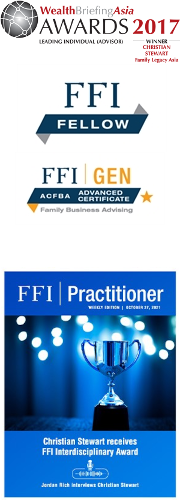“As far as Arthur was concerned, Adolph had all but told him he would be the next publisher,
but Julius was not prepared to accept the issue as settled, and the great man’s will, which
charged his heirs to maintain The New York Times “free of ulterior influence, and unselfishly
devote to the public welfare,” did little to clarify matters. With 50.1 percent of the Time’s
common stock – a bare majority – the will established the Ochs Trust, making the
trust, not a single individual, the controlling owner of The New York Times…
Under the terms of the will, the three Ochs trustees were responsible for
choosing the next publisher. The Times’ five-member board of directors,
on which they all sat, would merely ratify their decision…”
The Trust, Susan E. Tifft and Alex S. Jones
but Julius was not prepared to accept the issue as settled, and the great man’s will, which
charged his heirs to maintain The New York Times “free of ulterior influence, and unselfishly
devote to the public welfare,” did little to clarify matters. With 50.1 percent of the Time’s
common stock – a bare majority – the will established the Ochs Trust, making the
trust, not a single individual, the controlling owner of The New York Times…
Under the terms of the will, the three Ochs trustees were responsible for
choosing the next publisher. The Times’ five-member board of directors,
on which they all sat, would merely ratify their decision…”
The Trust, Susan E. Tifft and Alex S. Jones
| “In large and complex family business systems, ownership may be indirect and difficult to untangle. The family holdings are often tied up in trusts that have the effect of giving a few trustees ultimate authority over the company’s destiny. In many cases, the structure is designed not only to reduce taxes but also to prevent family emotions from disrupting the management of the business. The lawyers for the principal owner purposely design the trusts and write a shareholders agreement that will block any effort by dissident family members to challenge the principal’s control. This containment strategy is, in my view, basically wrong headed. It usually reflects the principal owner’s unwillingness to deal with the human side of running a family business – the messy emotions that come with the territory, especially in later generations when there are many more family members with varying interests and points of view. No matter how strong the legal dam erected by the principal owner, it is likely to give way under pressure from members of succeeding generations.” Ivan Lansberg, Succeeding Generations When you use a trust to hold a controlling stake in a family business, there are pros and there are cons. These pros and cons should be taken into account when considering, and when designing, a trust as an ownership structure. The most important thing to realize is that a trust structure is only a tool; it is not a total solution to all of the family’s succession and governance issues. |


